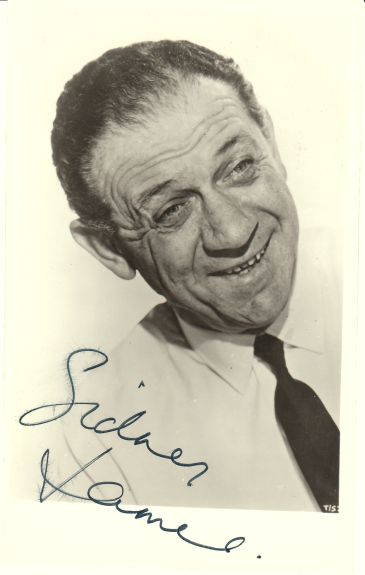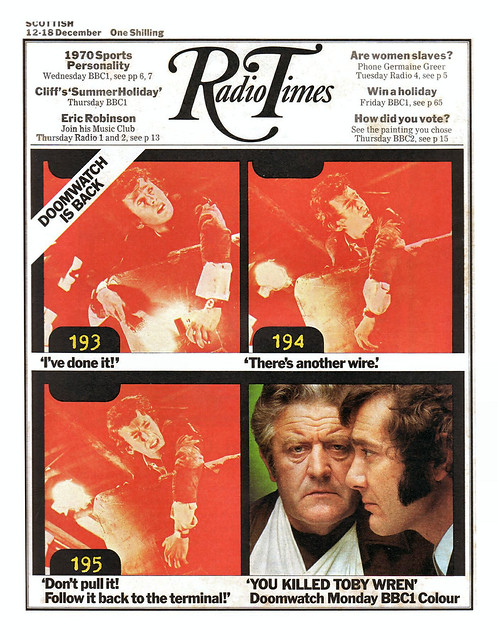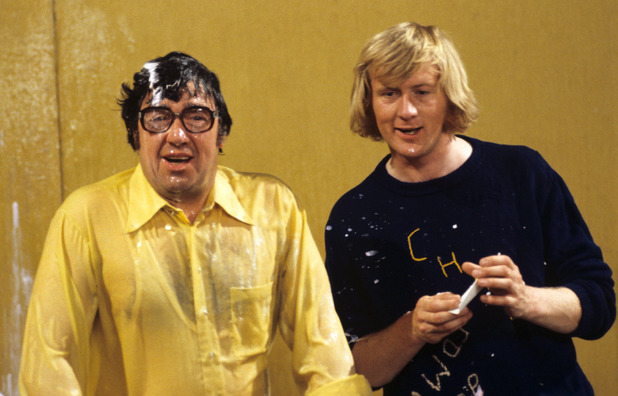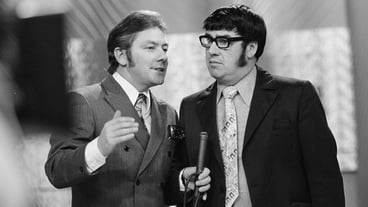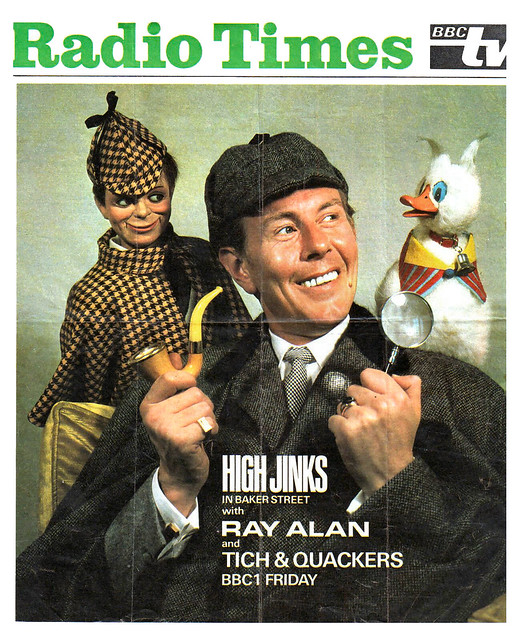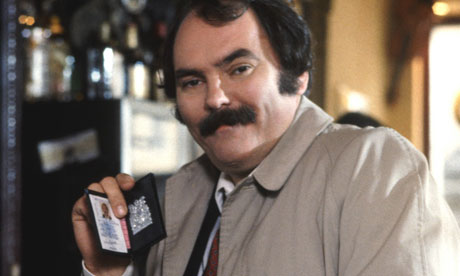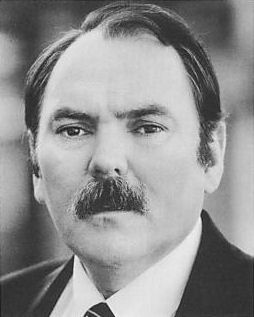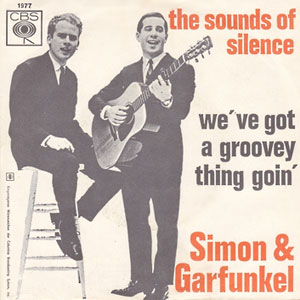
Bob Cryer was a legend and institution to us fans of the Bill and dear old Uncle Bob played by Eric Richard was probably the show's finest character. Sgt Bob Cryer joined the Metropolitan Police in 1970 (the 1990 episode Start With The Whistlesaw a party thrown to mark his 20 year service) and arrived at Sun Hill sometime in late 1983 / early 1984 (he isn't in the original pilot episode, although it is possible that he is actually the character of Sergeant Bob Wilding with a new surname), possibly as a result of a recent promotion to Sergeant. Until the series introduced the rank of Inspector, he was the second highest ranking uniform officer in the station in the series. He had previously seen some sort of army service, unfortunately most of it leaving him with unpleasant memories.


He is considered by most fans of The Bill to be an institution. From the fourth series of the show he was always the last character to be seen during the images on the main credits (in series 2 and 3 his picture was followed by a shot of DI Galloway), and the first three series tended to revolve around himself and/or Galloway, with the two men appearing in every episode of the three series and always being the first two names on the closing credits.
Cryer is a model officer. He cares passionately about his job and hates what he considers the "touchy-feely" approach of modern policing arguing that the role of the police is to "uphold and enforce the law".
His trademark calm served him well when dealing with the harder edged visitors to the cells at Sun Hill. For many years he was a uniform sergeant. In 1991 he was briefly promoted to Duty Sergeant (an upstairs job outside of uniform) but quickly found that he had no passion for it and that it was driving his former colleagues away from him, leading to him making the swift decision to return to uniform.
His experience in all things policing led to him being in many ways the archetypical uniform officer, firm but fair to criminal and civilian alike. He was considered to be the father figure of the sergeants on the relief and a lot of the younger officers would come to him for advice on matters both professional and personal. Along the way he still discovered that you can never know everything - such as the time he shot and killed a suspect despite the suspect's gun later turning out to be unloaded.


In his own private life he had a wife and two sons, one of whom was arrested and charged in relation to a driving offence which resulted in the death of the other occupant of the car. This led to an enforced sense of separation between him and his son, a topic which Cryer would still refuse to talk about when it was raised in later years.
As time drew on, many of Cryer's contemporaries such as Sergeant Tom Penny, Sergeant Alec Peters and even DI Burnside moved on to other jobs, or retired. He increasingly found himself as something of an anachronism, and became somewhat less indulging of what he saw as the stupid mistakes of newer officers.
One exception to this was PC Dale Smith. 'Smithy' had a similar background to Cryer, with both men having served in the army. Cryer developed something of a fatherly relationship with the younger officer, and was eventually the one who encouraged Smith to apply for the firearms squad. This came back to haunt him when, during a hostage situation, PC Smith accidentally shot his friend and mentor, which led to his forced retirement in 2001.


New young Superintendent Tom Chandler did not like Bob Cryer. Everything that Cryer stood for was everything that this new broom wished to sweep away, and Cryer's injuries acted as a catalyst for this move. Typically, Cryer went out of his way to console PC Smith, and held no recrimination in his heart for the young officer.
When Dale Smith came back to Sun Hill as a sergeant in 2003, there was more than a little bit of Bob Cryer's personality about him and the way he dealt with friends and foes alike. He had learned well from his mentor.
Cryer returned to Sun Hill for the memorial service of Inspector Andrew Monroe, and to attend the funeral of Sgt Boyden. He later came back to help his niece Roberta, who was the station's front desk officer, solve a crime. His last appearance was in a 2004 episode centering around DS Roach's funeral.

Bob Cryer we Salute you!
